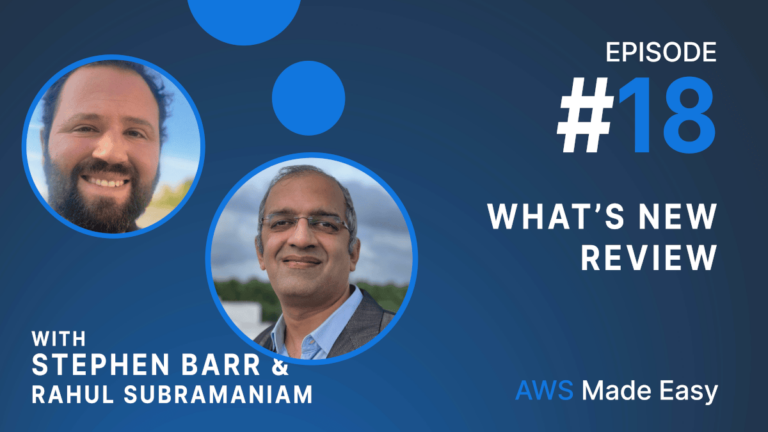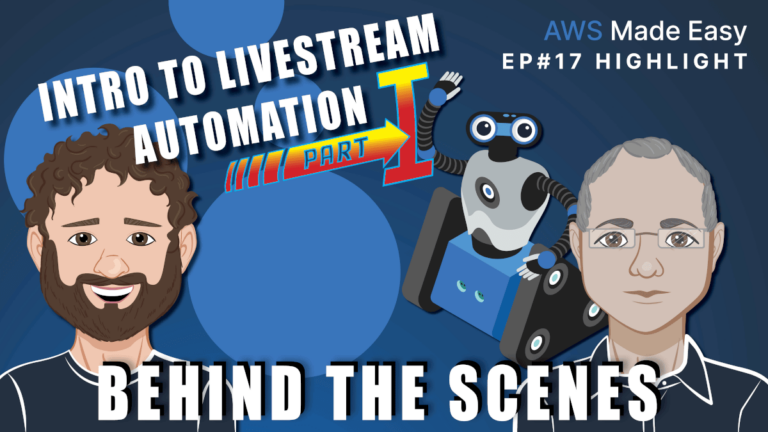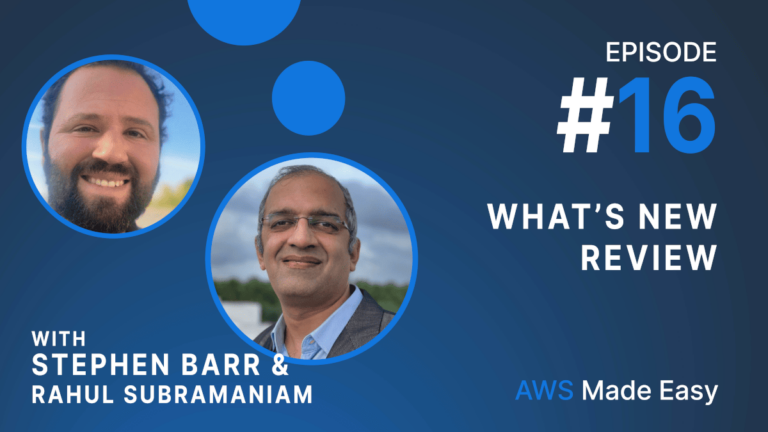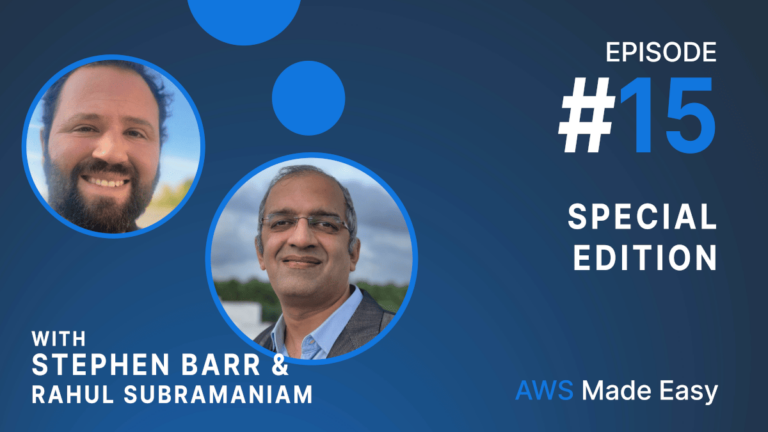This episode is a “What’s New Review”, where they reviewed the following articles.
Announcing Heterogeneous Clusters for Amazon SageMaker model training
In this segment, we discuss the announcement by AWS about heterogeneous clusters for SageMaker model training.
Amazon SageMaker Autopilot experiments are now up to 2x faster
SageMaker Autopilot experiments now run 2x faster due to an innovation called zero shot hyperparameter initialization.
Badri mentions a paper discussing this new method. This paper is located here:
https://arxiv.org/pdf/2203.03466.pdf
The paper seems to suggest larger performance gains are possible in theory. However, this is often the case that results found in a theoretical setting are optimistic compared to what is achievable in production settings.
Announcing General Availability of EC2 M1 Mac instances for macOS
EC2 Instances running the Apple M1 processor, an extremely fast ARM-based CPU/GPU, are now generally available. The major implication of this is that developers targeting the Apple M1 can now run their build/test/deploy steps in an EC2-based CI/CD setup. This will be especially useful in multi-architecture setups, where most likely developers are already using a CI/CD setup. Developers will no longer need to do M1 testing on local hardware.
AWS Security Hub launches 36 new security best practice controls
AWS Security Hub has released 36 new controls for its Foundational Security Best Practice standard. AWS Security Hub checks the assets and configuration in your AWS account. In this segment, we discuss security hub, and come up with talk about ways to that the changes suggested by security hub can be automated.
AWS Identity and Access Management introduces IAM Roles Anywhere for workloads outside of AWS
This announcement is an interesting one. With IAM Roles Anywhere, one can enable external workloads to access AWS resources via temporary X.509 certificates, rather than long term AWS credentials. It will be interesting to see the use cases that evolve using IAM Roles Anywhere.




